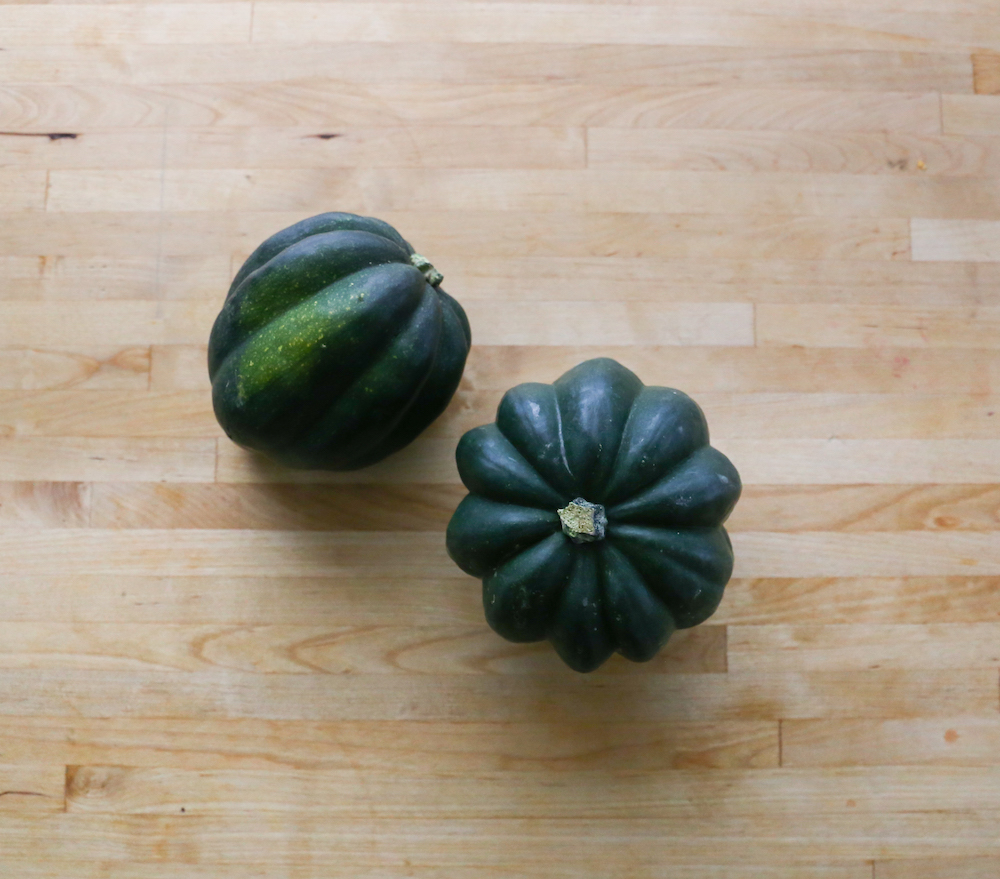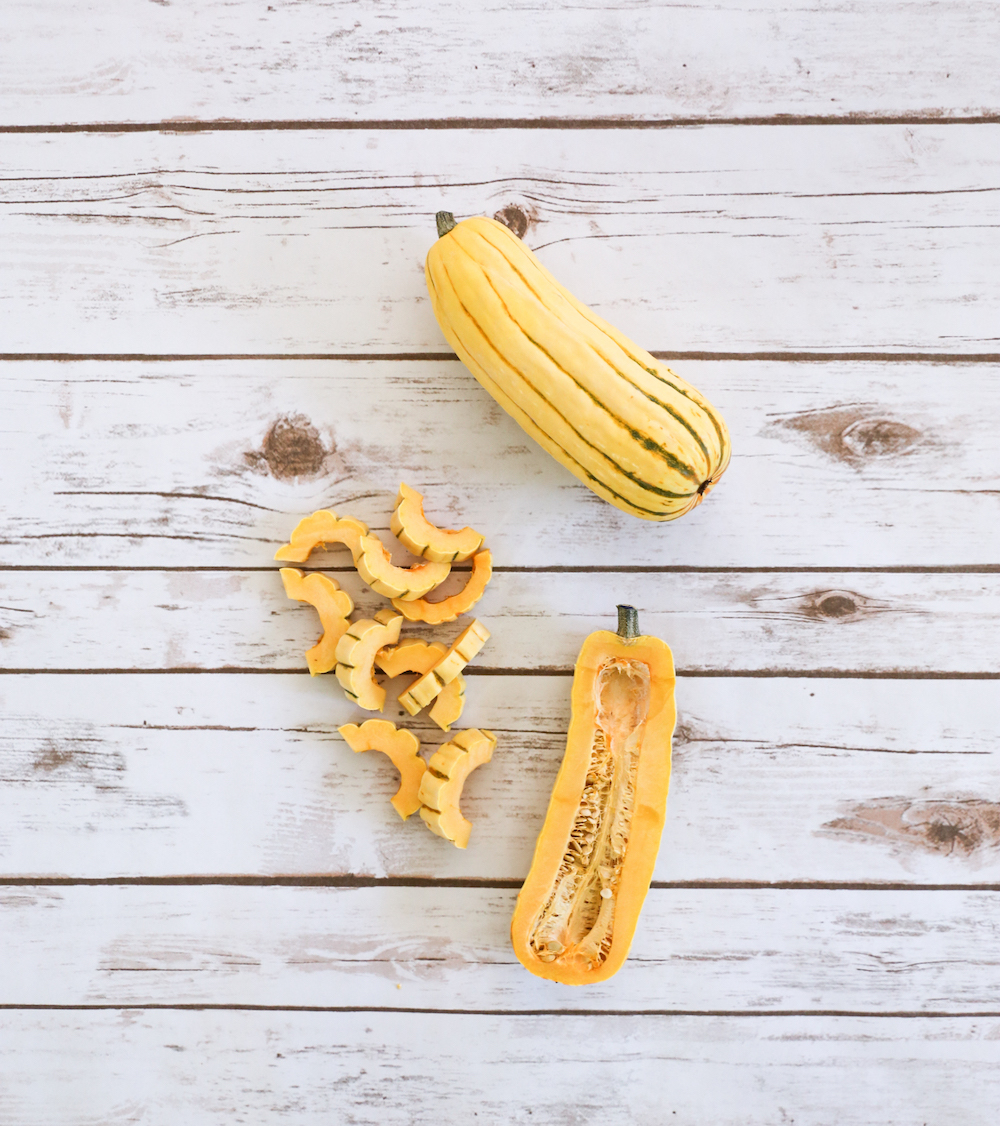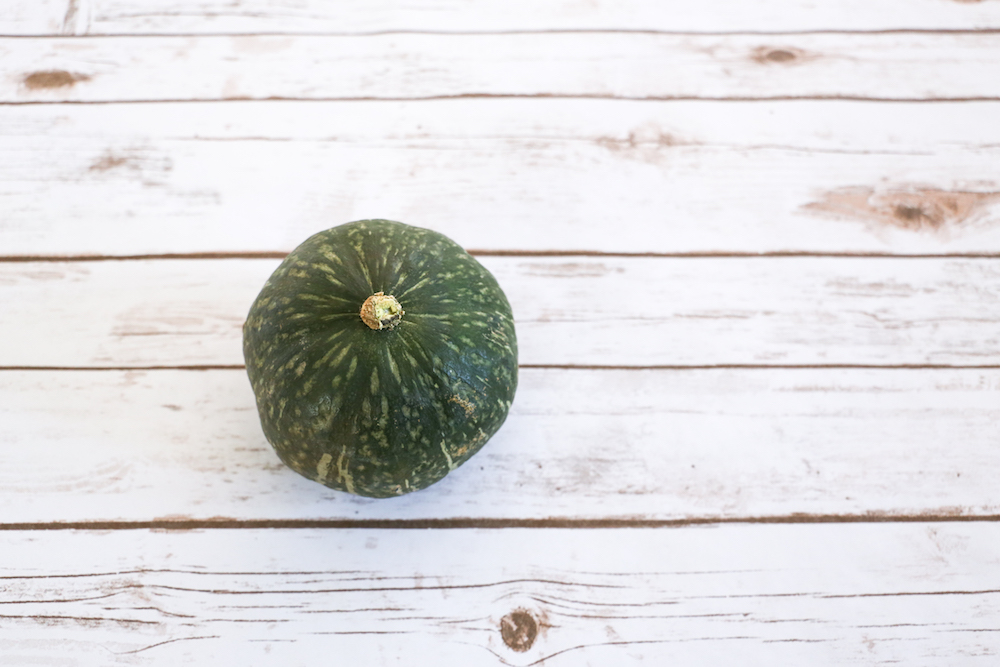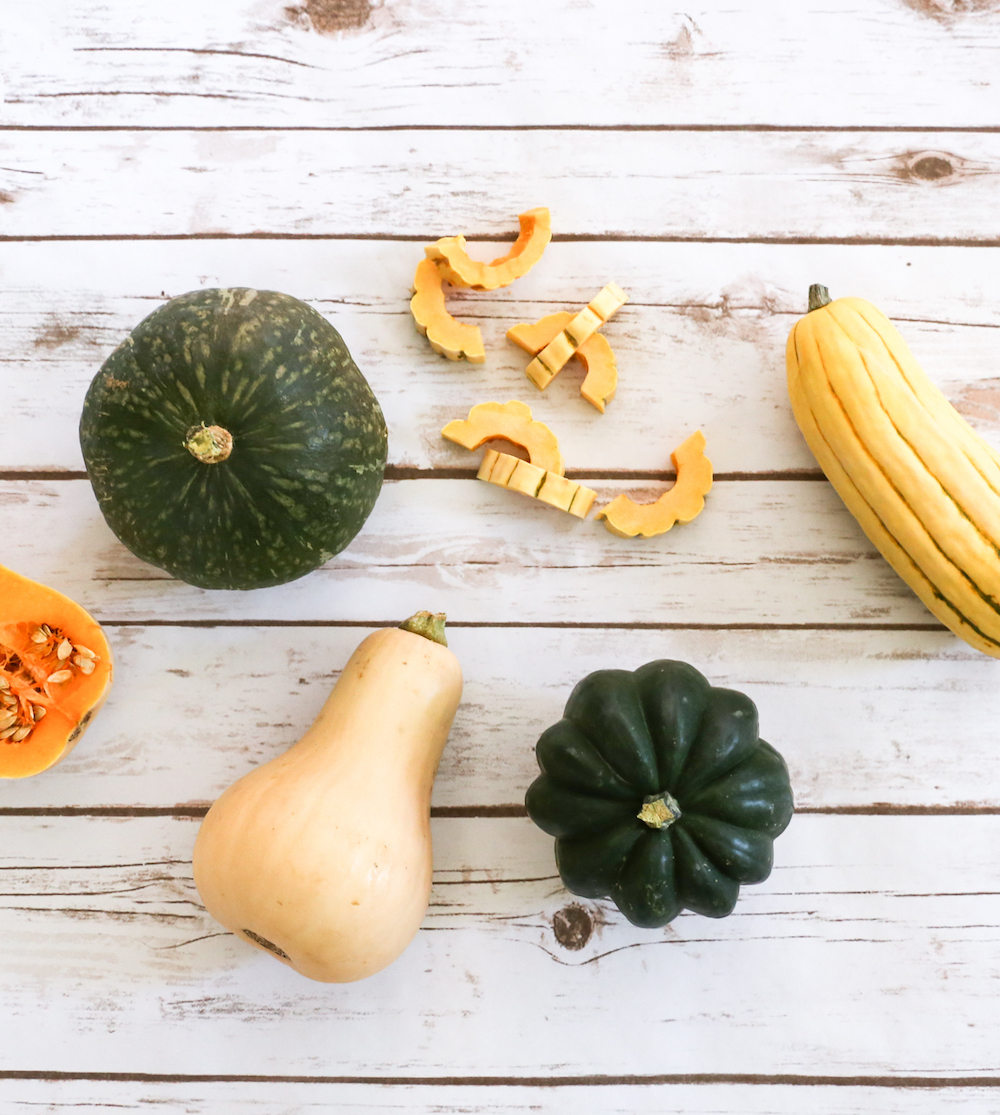Nothing makes a healthier, heartier dish for the holidays than squash—which really comes in season during the fall (lucky us!). These natural wonders are packed with vitamins, fiber, and 100% real sugars that can satiate your sweet tooth before reaching for another slice of pie. Plus, the different colors and sizes of squash bring variety and colors to any dish. Perfect for making thick, flavorful soups, adding to salads, or roasting with herbs, squash can be served as a savory side or stand-alone dish. And not all squash are created equal—certain varieties are ideal for different purposes, and we’ve rounded up a few of our favorite ways to celebrate with squash this season.

Acorn
Best enjoyed as…A hearty squash that can be used for a vegetarian main dish, acorn squash’s green skin and sweet yellow flesh makes it great for baking. The best part about the shape and texture of this acorn-shaped variety is the endless possibilities for stuffing its center. You can add chickpeas, rice, or even crumbled goat cheese to the heart-shaped center of each half—just make sure to adjust for the baking time of your add-ins.
Nutritional benefits include…soluble fiber, which helps regulate blood sugar and cholesterol, tons of vitamins, and twice the potassium of a banana.

Delicata
Best enjoyed as…salad topping or as a side dish, garnished with toasted pine nuts and pomegranate seeds. The smaller size of delicata also makes them a less cumbersome option in the kitchen, because they’re easy to cut and you don’t have to remove the skin. For all sweet potato lovers, delicata squash should be on your “must-try” list, as the two share a similar flavor.
Nutritional benefits include…a host of essential vitamins and minerals. Plus, it’s low in calories and high in fiber.

Butternut
Best enjoyed as…soup. A rich, creamy, sweet and nutty soup. We love butternut squash for it’s bright orange color, sweet flavor, and thick texture. You can add other root vegetables to your butternut squash soup, such as roasted carrots or parsnips, but this squash is also flavorful enough to stand on its own. Add baked or steamed butternut squash to a blender, and blend with macademia nuts or cashews. You can also use chicken broth for a non-vegetarian approach to add protein.
Nutritional benefits include…beta-carotene. With its bright color, it’s no surprise that this squash is packed with Vitamin C and beta-carotene. It’s a fantastic food for beating the winter flu with antioxidants.

Kabocha Squash
Best enjoyed as…a lot of delicious, vegetarian dishes. You can make soup with roasted kabocha, steam it for a super-healthy version, You could also use this tasty number as a substitute for sweet potatoes in sweet potato pie—its nutty and sweet character makes it a perfect replacement. Plus, these squashes will stay good after buying for about a month, so you can even use them in the kitchen for some festive décor until you decide to cook them.
Nutritional benefits include…tons of Vitamin A, which is beneficial for good eyesight and lowering heart disease. It’s also slightly lower in calories and cholesterol than other squashes (but all squash is still plenty healthy for you!)





